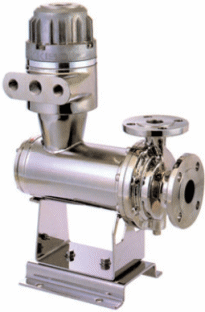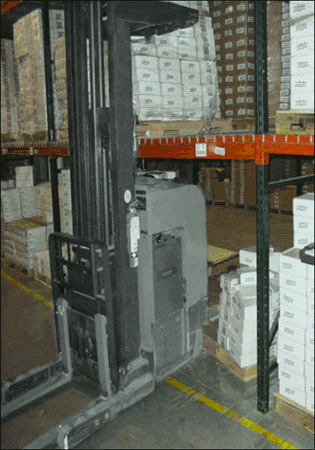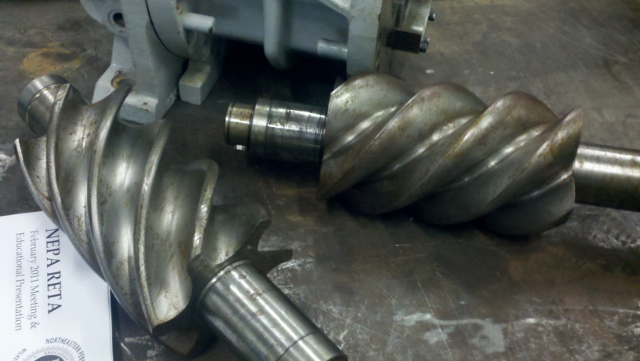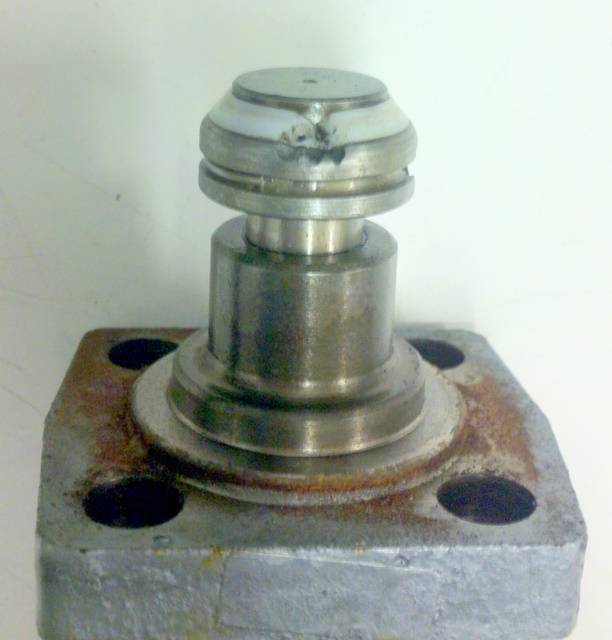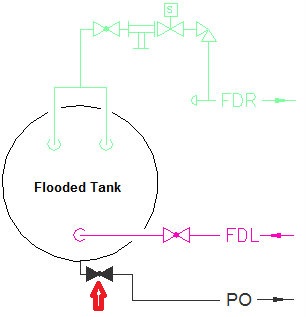The U.S. Labor Department’s Occupational Safety and Health Administration inspectors noted 10 serious violations among 13 total violations at the Franklin Park facility, according to a release from OSHA.
They included one repeat violation for failing to develop and implement written operating procedures consistent with process safety information that provided clear instruction for safely conducting each covered process, the release said. Jewel was cited for the same violation in March 2010.
Ten serious violations included failing to document inspections and tests performed on process equipment; not performing inspections and tests at manufacturers’ recommendations; not following generally accepted good engineering practices when performing inspections and testing; and not annually certifying that operation procedures were current and accurate.
Additionally, the process safety information did not include the safe upper and lower limits of items such as temperatures, pressures, flows or compositions; and did not include piping and instrument diagrams. Finally, the hazard analysis did not address the hazards of the process and operating procedures, and did not address normal operations for each operating phase. —Fox Chicago
SOPs have become a real hot button issue with OSHA lately as they extend their view on safe upper and lower limits to SOPs in a way they haven’t really done in the past.
For a flavor of what OSHA is looking for, take a look at the Compliance Guidance from the Refinery NEP, CPL 03-00-004:
Compliance Guidance: 1910.119(f)(1)(ii) requires that all written operating procedures include “operating limits”. For NOP, the “operating limits” required are those operating parameters that if they exceed the normal range or operating limits, a system upset or abnormal operating condition would occur which could lead to operation outside the design limits of the equipment/process and subsequent potential release. These operating parameters must be determined by the employer and can include, but are not limited to, pressure, temperature, flow, level, composition, pH, vibration, rate of reaction, contaminants, utility failure, etc.
It is at the point of operation outside these NOP “operating limits” that EOP procedures must be initiated. There may be a troubleshooting area defined by the employer’s EOP where operator action can be used to bring the system upset back into normal operating limits. During this troubleshooting phase, if an operating parameter reaches a specified level and the process control strategy includes automatic controls, other safety devices (e.g., safety valves or rupture disks) or automatic protection systems (e.g., safety instrumented systems/emergency shutdown systems), would activate per the process design to bring the process back to a safe state. Typically, once the predefined limits for troubleshooting have been reached for a particular operating parameter, the process has reached a “never exceed limit”. A buffer zone is typically provided above (and below if applicable) the trouble shooting zone (“never exceed limit”) to ensure the operating parameters do not reach the design safe upper or lower limit of the equipment/process ((1910.119(d)(2)(i)(D), require these design limits to be documented in the PSI). This design safe upper and lower limits of the equipment or process are also known as the boundaries of the design operating envelope or the limit above (or below) which it is considered unknown or unsafe to operate. Once the operating parameter(s) reach the buffer zone entry point, there is no designed or intentional operator intervention (i.e., troubleshooting) to bring the process system upset back to a safe state. Any intervention in the buffer zone is as a result of the continued activation of the safety devices and automatic protection systems which initially activated at the predefined level during the troubleshooting phase. All of these predefined limits are important information for operators to know and understand and must be included in the PSI and operating procedures.
As shown above, there is a distinction between the 1910.119(f)(1)(ii) requirement for listing the “operating limits” for the normal range of operating parameters and the design safe upper and lower limit of the equipment or process. Since it is necessary to define the design envelope which establishes how various conditions/operating parameters may vary within the safe upper and lower limits, but may not exceed those limits, 1910.119(d)(2)(i)(D) requires that the employer include the design operating envelope or the safe upper and lower limits for the operating parameters of the equipment or process in its PSI. (See e.g., CCPS [32], Chapter 6, Writing Emergency Operating Procedures and CCPS [40], Appendix 12B, Example of Critical Operating Parameters: Interpretation Guidelines). If the employer has not included the safe upper and lower limits for the design operating parameters of its equipment/process, CSHOs may cite 1910.119(d)(2)(i)(D).
Using this view of SOPs from the Refinery NEP will require a significant update of nearly every Ammonia Refrigeration SOP I’ve ever seen used. It won’t be terribly difficult work, but you need to set out a plan to accomplish it – the sooner the better!
You should also consider picking up a copy of the relevant CCPS books since OSHA has really started to appreciate the published writings of the fine people there.
Btw, NOP = Normal Operating Procedure, EOP = Emergency Operating Procedure

